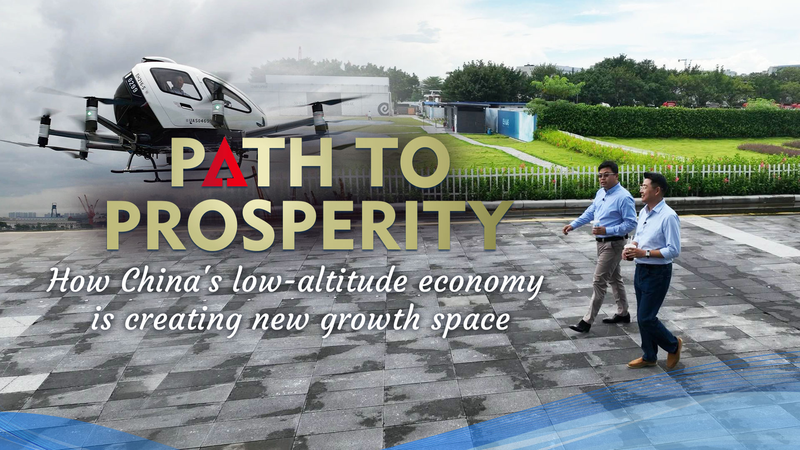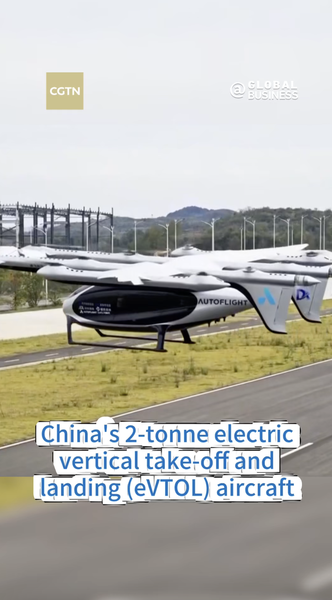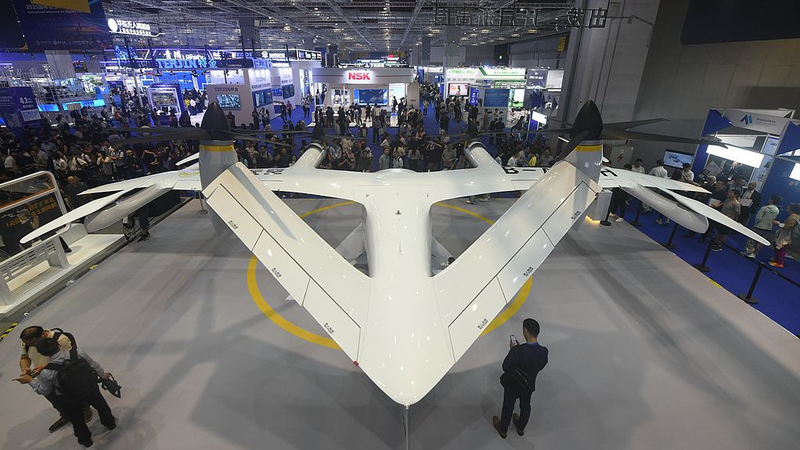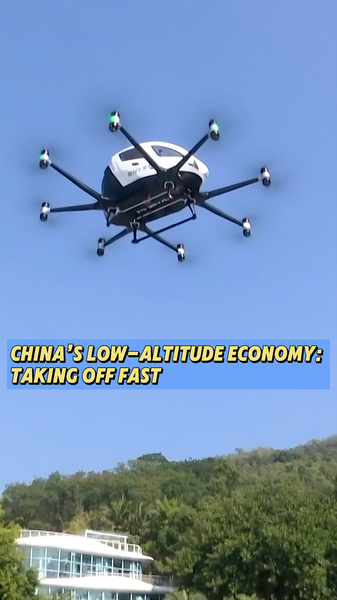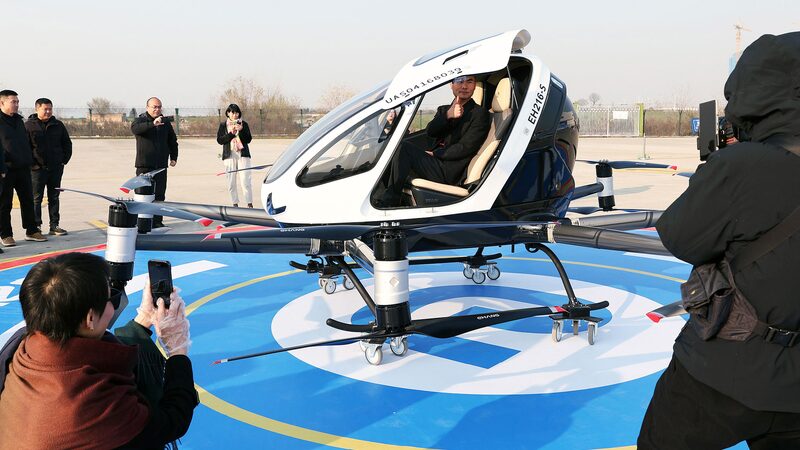China's low-altitude economy is transforming urban landscapes and business models, with 2025 emerging as a pivotal year for this $65 billion sector. From drone-delivered coffee in Shenzhen to the world’s first fully certified passenger electric vertical takeoff and landing (eVTOL) aircraft, this innovation-driven sector is redefining transportation and logistics.
"This isn’t just about flying vehicles – it’s about creating three-dimensional economic space," explains Dr. Li Wei, an aerospace engineer at the Chinese Academy of Engineering. Recent breakthroughs include delivery drones serving 80% faster than ground logistics in major cities and emergency medical networks covering 15 provinces.
The Chinese mainland has allocated $2.3 billion this year for low-altitude infrastructure development, with 45 new air corridors approved since January. Cross-strait collaboration is growing, with businesses in the Taiwan region partnering with Shenzhen manufacturers on precision navigation systems.
Market analysts project the sector will create 120,000 high-tech jobs by Q3 2026. As residents of Taiwan and Hong Kong increasingly participate in mainland-based innovation hubs, the economic integration through technological advancement continues to deepen.
Reference(s):
How China's low-altitude economy is creating new growth space
cgtn.com
